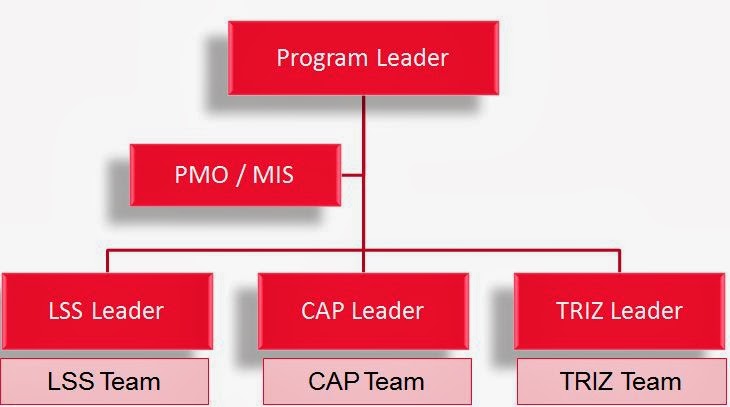7:00 PM … I walk out of the meeting with the trade
union leader to the parking lot. No… I don’t want to drive … I walked down to
the nearby bench to sit … painted
brown now over years of dent its turned pale with some names scratched on the
wood. The laptop bag slides from my shoulder, a cigarette butt lies next to my
foot, still emitting a trace of smoke… the walk way perpendicular to my eyes
never becomes salient coupled with the buzz of voices … people.. cars… nothing
stops, everything around me is as usual but for few laborers fighting for their
right. There is a hurricane of emotions I’m going thru as I watch a 52 year old
right in front of me with eyelids dropping on his creased red face as he stirs
his cup of coffee… all my excitement this morning to crack a union issue is
drained into a war within unable to decide to take up this role further or go
back to my manager and inform her what we are doing is wrong… and I don’t know
if we really are wrong… the Union has its demands and the company has the
policies… alas… the tragedy when two companies merge and the shareholders party
in the night there is a home somewhere where a laborer loses his sleep to come
in terms with the reality and start a job hunt watching his family sleeping as
the candle light waddles the cold nights breeze…
This morning was a different Rajesh Mohandas… the man who is selected to be a part of the negotiation team to crack one of the major Industrial Relationship issues faced by the company. I was so excited. I could hardly breathe through the hour-long drive to be there… dreams filled my eyes and virtually coming close to the reality … cracking this issue will take me higher up in my career, very few at this juncture would have got a chance to be nominated by the management for such pressing issues. At one end is the media and press which closely monitors and interested in all the gossip the other end are the legal pundits advising at every step, the local politicians eye their own share in the pie, my very own collogues who were unable to get thru for this role… I am all geared up with bouts of extra energy adding momentum to reach my career aspirations in the leadership cedar.
I hurriedly parked my car and rushed in with all adrenaline and was greeted by the meeting coordinator at the door Good Morning… word barely audible. A fitted service shirt outlined his broad build. His facial features were of the average sort, but he had an allure about him, an unnamable quality one couldn’t dismiss. “Rajesh”… come here… this room… oh... I heard my name and it was Kavitha… the legal advisor… she stood at the end of his walkway, that one hand on a hip that was cocked a little to the side, giving her a jaunty air. Coupled with the knee-length flouncy skirt she wore and the low-heels that gave her legs a sweet curve, it made a pretty picture, I’ve to admit…
To Be Contd...
This morning was a different Rajesh Mohandas… the man who is selected to be a part of the negotiation team to crack one of the major Industrial Relationship issues faced by the company. I was so excited. I could hardly breathe through the hour-long drive to be there… dreams filled my eyes and virtually coming close to the reality … cracking this issue will take me higher up in my career, very few at this juncture would have got a chance to be nominated by the management for such pressing issues. At one end is the media and press which closely monitors and interested in all the gossip the other end are the legal pundits advising at every step, the local politicians eye their own share in the pie, my very own collogues who were unable to get thru for this role… I am all geared up with bouts of extra energy adding momentum to reach my career aspirations in the leadership cedar.
I hurriedly parked my car and rushed in with all adrenaline and was greeted by the meeting coordinator at the door Good Morning… word barely audible. A fitted service shirt outlined his broad build. His facial features were of the average sort, but he had an allure about him, an unnamable quality one couldn’t dismiss. “Rajesh”… come here… this room… oh... I heard my name and it was Kavitha… the legal advisor… she stood at the end of his walkway, that one hand on a hip that was cocked a little to the side, giving her a jaunty air. Coupled with the knee-length flouncy skirt she wore and the low-heels that gave her legs a sweet curve, it made a pretty picture, I’ve to admit…
It was quite a house and the union leader right in
front of us… Vishwanath … “Vishwa” so was he called. His face was ageless,
neither old nor young, though in it was written the memory of many things both
glad and sorrowful. His hair was dark as the shadows of twilight, and upon it
was set a circlet of silver; his eyes were grey as a clear evening, and in them
was a light like the light of stars… he stood and walked towards me … we shook
hands and awaited the Industrial Relationship Leader Dr. Subramanian… often
called “Subbu” the key person… was running late by a 100 meters away at the
busy intersection almost visible to the naked eye and the traffic holding his
automobile.








